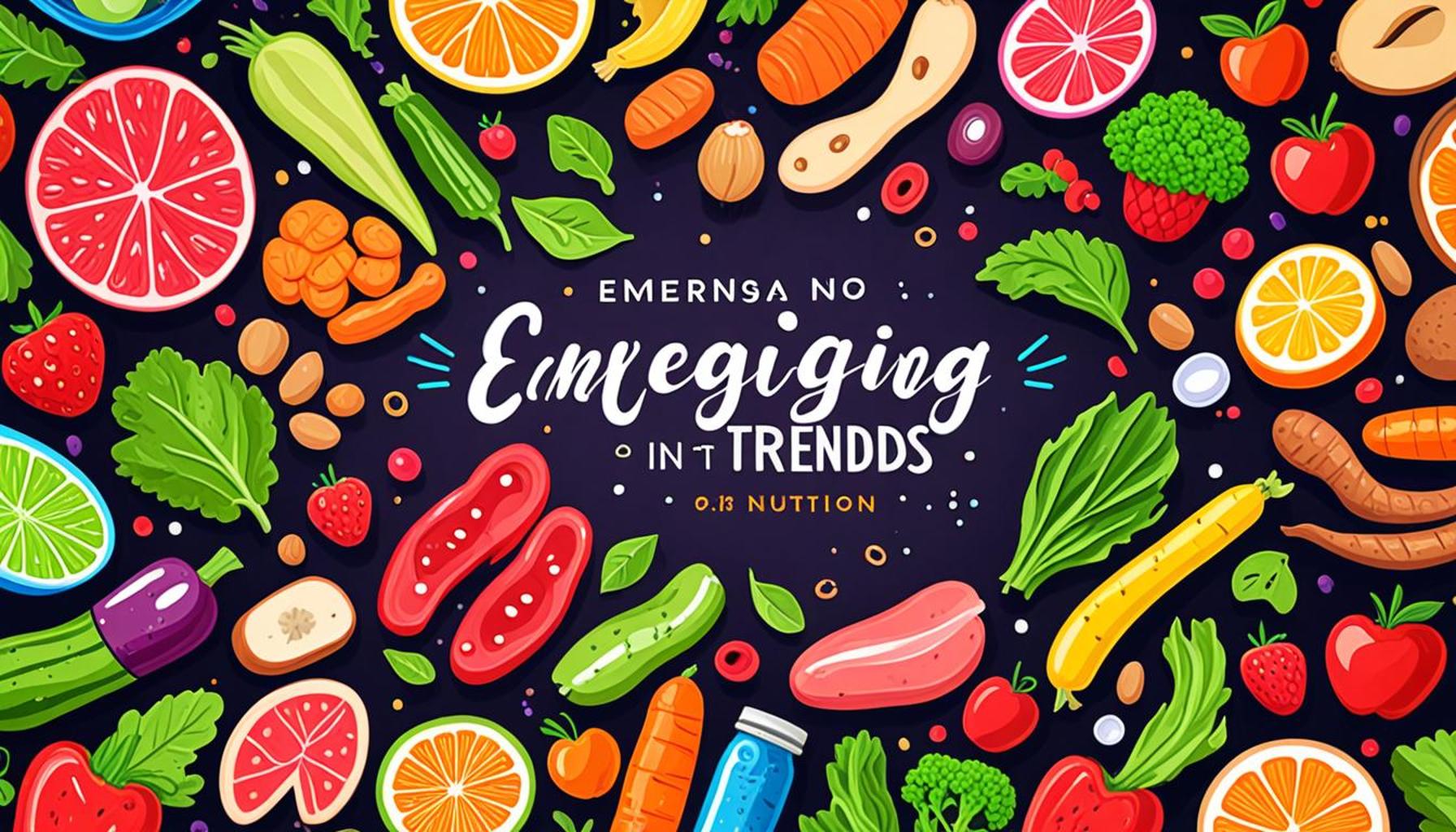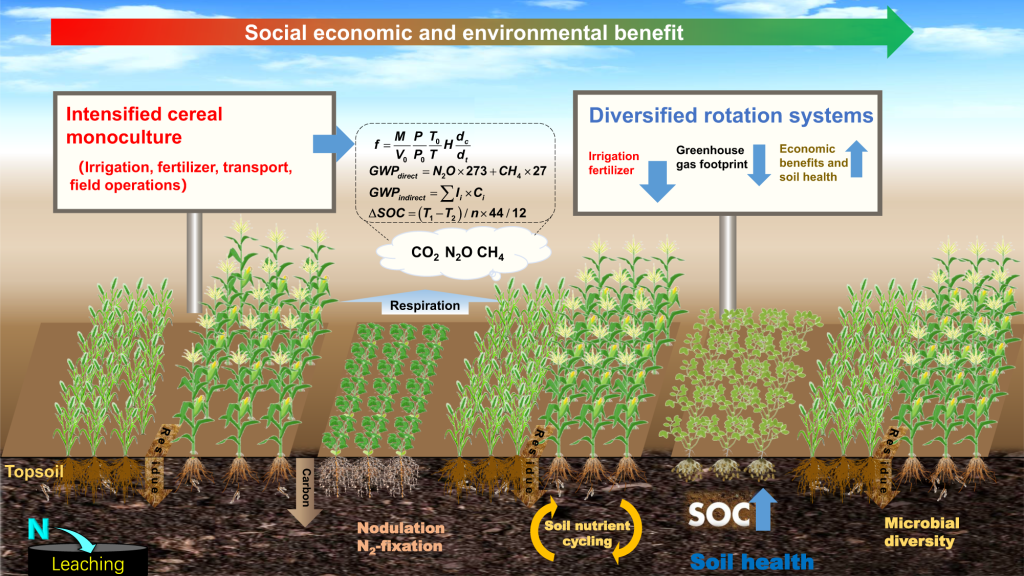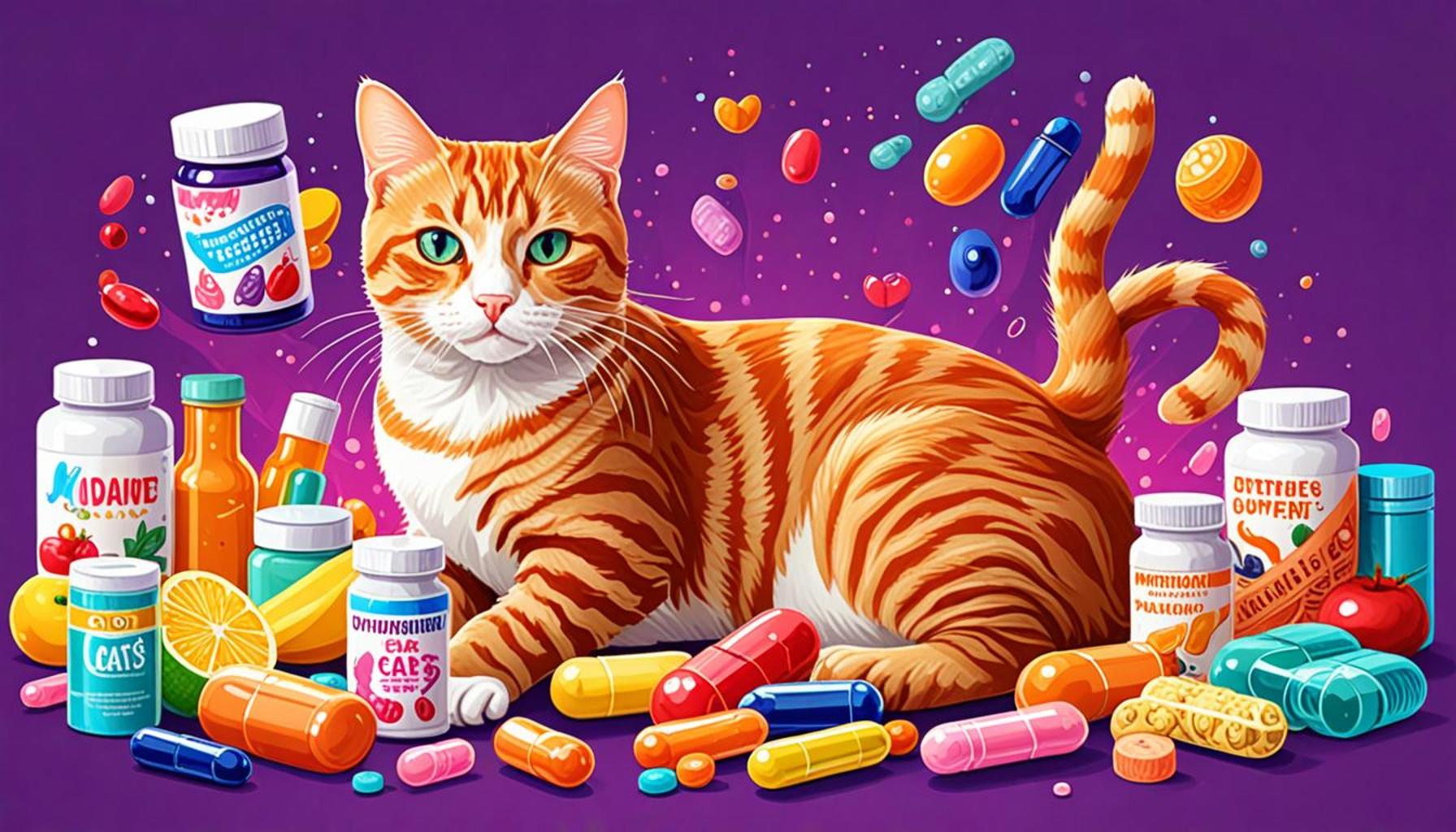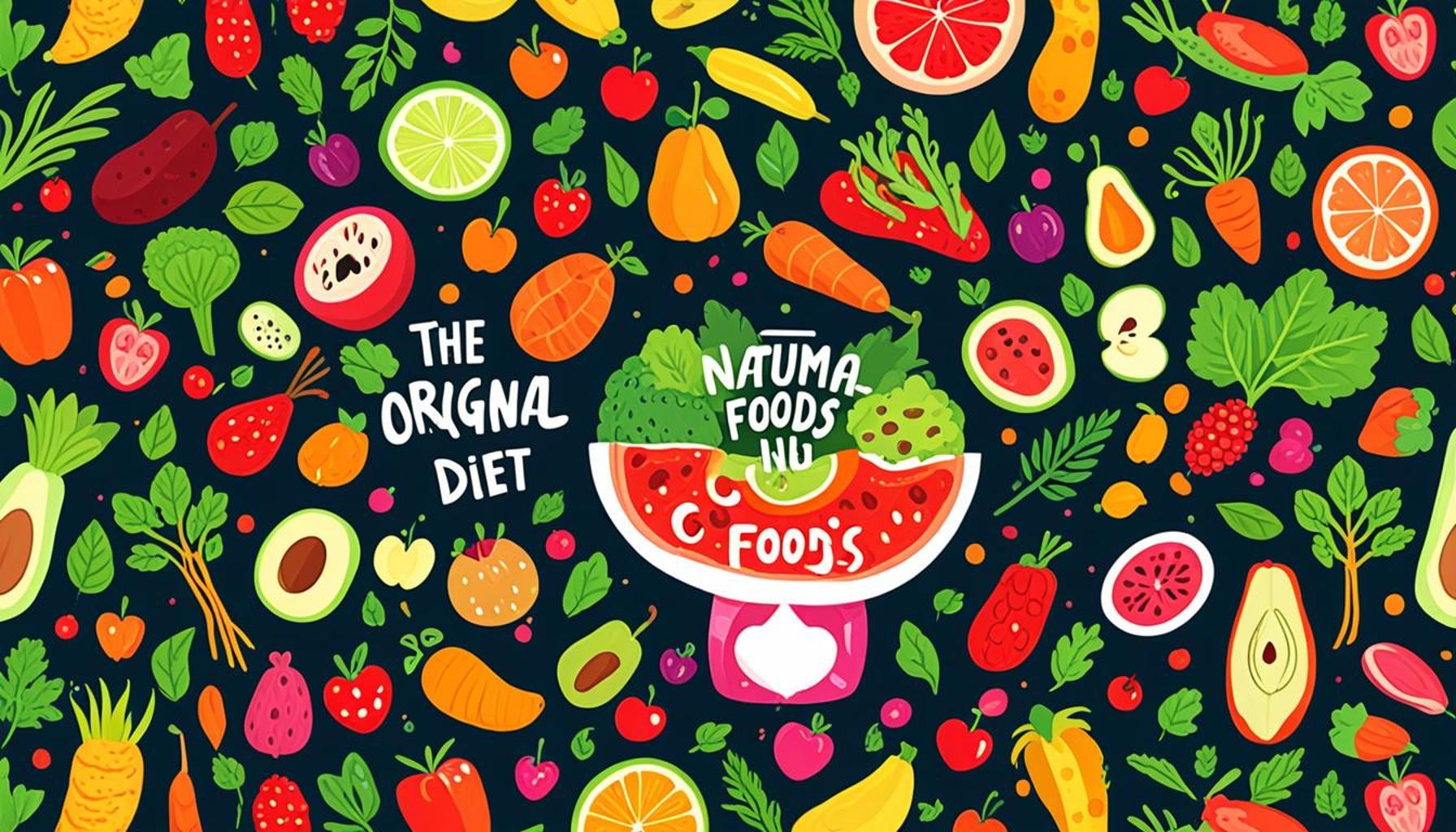Emerging Pet Nutrition Trends Natural Functional Foods Explained

Introduction
As pet ownership continues to soar, so does the focus on the health and well-being of our furry companions. With an increasing number of pet owners seeking to provide the best nutrition for their pets, emerging trends in pet food are transforming how we view animal diets. This shift is particularly evident in the rising demand for natural and functional foods, which promise to enhance the overall health of pets.
These trends not only reflect a broader understanding of animal nutrition but also a commitment to holistic approaches. Pet parents are now more educated about the ingredients in pet food and are seeking options that align with their beliefs in sustainability and health optimization. In this article, we will explore the top five emerging trends that are shaping the future of pet nutrition.
- Increased Demand for Natural Ingredients
- Functional Pet Foods for Specific Health Benefits
- Humanization of Pet Nutrition
- Emphasis on Transparency and Quality
- Plant-Based and Alternative Proteins
Prepare to dive deeper into the world of pet nutrition, discovering how these innovations might just revolutionize the diets of your beloved pets.
DISCOVER MORE: Click here to enhance your dog’s well-being
Top 5 Emerging Trends in Pet Nutrition: Natural and Functional Foods
As more pet owners begin to recognize the critical link between nutrition and health in their beloved cats and dogs, the pet food industry is undergoing a significant shift. This evolution is characterized by an increasing focus on natural and functional foods that promise to enhance the well-being of pets. From grain-free options to raw diets and personalized meal plans, these trends are reshaping how we feed our furry companions. Let’s delve into the top five emerging trends in the world of pet nutrition and discover what they mean for your pet’s health.

5. Grain-Free Diets
The clamor for grain-free diets has never been louder among pet owners who suspect grains contribute little to their pets’ diets. These advocates believe grains might cause allergies and gastrointestinal issues. Instead of grains like wheat, corn, or rice, grain-free diets typically rely on carbohydrate-rich alternatives such as peas, lentils, and sweet potatoes.
Pet food brands have swiftly capitalized on this trend, offering a plethora of grain-free products. The purported benefits of grain-free diets include improved coat health, reduced inflammatory responses, and better digestive outcomes. However, it is crucial to note that the scientific community remains divided on the specific benefits and safety of grain-free diets. Some studies suggest a possible connection between these diets and canine dilated cardiomyopathy (DCM), a serious heart disease. Given these concerns, pet owners should seek professional veterinary advice before completely overhauling their pets’ diets.
While grain-free diets might suit some animals, owners need to approach such dietary changes with caution to avoid unintended health issues. Careful consideration, backed by expert guidance, is essential to truly benefit from this nutrition strategy.
4. Raw Diets
The rise of raw diets, often referred to as “BARF” (Biologically Appropriate Raw Food), reflects a growing interest in feeding pets diets reminiscent of what they would eat in the wild. This diet consists of raw meat, bones, fruits, and vegetables, with advocates claiming it offers benefits like improved dental health, increased energy levels, and enhanced immune function.
However, feeding raw diets comes with its challenges and risks. The most pressing concerns include nutritional balance and food safety. Raw meat can harbor harmful bacteria such as salmonella and E. coli, posing significant health risks to both pets and their human handlers. Additionally, without a thorough understanding of a pet’s nutritional requirements, it can be challenging to ensure the diet is complete and balanced.
For pet owners considering raw diets, consulting a veterinary nutritionist is prudent to ensure that their pets receive all necessary nutrients safely and effectively. The allure of raw diets is tempting, but it demands careful research and professional support for optimal outcomes.
3. Customized Nutrition
The advent of technology in pet care has paved the way for customized nutrition, a trend that is quickly gaining popularity. This approach allows pet owners to tailor diets specifically to their pet’s age, breed, lifestyle, and health conditions. Many companies offer services that involve filling out detailed online questionnaires to create personalized meal plans.
The goal of customized diets is to address specific health issues more effectively, thanks to targeted nutrition. For instance, a pet with joint pain might benefit from added glucosamine, while an overweight pet may require a low-calorie diet with increased fiber. Although individualized nutrition can lead to remarkable health improvements, it is important for pet owners to ensure these diets are well-rounded and contain all necessary nutrients.
The rise in demand for customized nutrition points to a broader trend of treating pets with the same care and attention as family members. However, owners must work closely with veterinary professionals to develop safe and effective meal plans tailored to their pets’ needs.
2. Functional Foods
Functional foods are reshaping the pet nutrition landscape by offering specialized health benefits beyond basic sustenance. These foods often include ingredients that target specific health outcomes, such as enhanced joint support, digestive health, and immune boosting properties.
Common ingredients in functional foods include probiotics for digestive health, omega-3 fatty acids for better skin and fur, and antioxidants to support the immune system. The visual appeal of these health claims, often highlighted on packaging, makes functional foods an attractive option for pet owners aiming to improve their pet’s overall health. However, it is important for consumers to conduct their own research and seek validation to ensure the effectiveness of the claims made by manufacturers.
The growing appeal of functional foods demonstrates pet owners’ increasing sensitivity to their pets’ wellness needs. Ensuring that these foods are founded on solid scientific research helps safeguard the health benefits claimed.
1. Whole Food Ingredients
At the pinnacle of pet nutrition trends is the growing demand for whole food ingredients. This movement is inspired by the broader human food trend toward consuming more natural and minimally processed foods. Many pet owners are now looking for diets that feature whole, recognizable ingredients without a long list of additives and preservatives.
The allure of whole food ingredients lies in their simplicity and transparency. By offering products filled with fresh meats, vegetables, and fruits, pet food companies are catering to owners seeking to avoid artificial fillers. However, while the marketing appeal of whole foods is strong, pet owners should practice alertness to marketing tactics by reading ingredient labels carefully to ensure they are making truly beneficial choices.
The move towards whole food ingredients underscores a commitment to nutrition transparency, where pet owners gain assurance from knowing exactly what their pets are consuming. In the world of pet nutrition, this trend represents a significant step toward more natural and health-conscious feeding options.
In conclusion, these emerging trends in pet nutrition reflect a shift towards healthier, more personalized, and natural dietary choices for our beloved pets. As the industry continues to evolve, pet owners become more informed and involved in making the best nutritional decisions for their furry family members. The key is to balance excitement with caution and professional advice to ensure our pets live healthy, vibrant lives.
| Category | Details |
|---|---|
| Natural Ingredients | Pet foods featuring natural ingredients are gaining traction, promoting whole foods that provide essential nutrients without artificial additives. Ingredients like fresh fruits and vegetables are becoming a staple, providing antioxidants and vitamins for enhanced health. |
| Functional Foods | There is a surge in functional foods tailored for specific health issues. These include formulations with supplements such as omega-3 fatty acids for health benefits that support skin and coat vitality, or probiotics that aid in digestion and gut health. |
| Customized Nutrition | The trend towards customized nutrition allows pet owners to select diets tailored to their animal’s unique needs. This personalization takes into account factors such as age, breed, activity level, and current health conditions, reflecting a deeper understanding of pet wellness. |
| Sourcing Transparency | Pet owners are increasingly concerned with sourcing transparency, desiring to know where ingredients come from and how they are produced. This shift is leading to brands focusing on ethical sourcing practices and sustainable farming to appeal to eco-conscious consumers. |
As pet nutrition continues to evolve, these emerging trends reflect a growing awareness of the importance of health and quality in the food we provide for our beloved companions. The demand for high-quality, natural, and functional ingredients illustrates a society that values not just pet care but the overall well-being of animals. This push towards better nutrition serves to enhance the life quality of pets, reinforcing the human-animal bond through informed dietary choices. By staying abreast of these trends, pet owners can preview the future of pet nutrition while ensuring that their pets lead healthy, happy lives.
CHECK IT OUT: Click here for a step-by-step guide
Frequently Asked Questions About Emerging Trends in Pet Nutrition: Natural and Functional Foods
What are natural foods for pets and why are they gaining popularity?
Natural foods for pets are those that are minimally processed and free from artificial additives, colors, and preservatives. They often include ingredients derived directly from plants and animals. The popularity of these foods is skyrocketing as pet owners become increasingly conscious of their pets’ health, much like human food trends. Studies suggest that natural diets can enhance the overall well-being of pets by providing them with higher quality nutrients and fewer artificial chemicals.
How do functional foods benefit my pet’s health?
Functional foods are designed to offer health benefits that extend beyond basic nutrition. They may include ingredients such as probiotics, omega-3 fatty acids, or glucosamine, which are intended to promote specific health outcomes. For instance, probiotics are known to support digestive health, while omega-3s can enhance coat quality and reduce inflammation. Incorporating functional foods into your pet’s diet can potentially prevent certain health issues and improve overall vitality.
Are there risks involved in switching to natural and functional pet foods?
While natural and functional foods offer numerous benefits, abrupt dietary changes can sometimes cause digestive upset in pets. It’s crucial to transition to a new diet gradually, mixing small amounts of the new food with the old over a period of 7-10 days. Additionally, be cautious of the specific needs and potential allergies your pet may have. Consulting your veterinarian before making any significant dietary changes is always advised to ensure your pet’s nutritional requirements are being met effectively.
What should I look for on labels when choosing a natural or functional pet food?
When selecting a natural or functional pet food, check for clear labeling that lists the complete ingredient breakdown and the sources of those ingredients. Look for foods that provide a balance of proteins, fats, and carbohydrates, along with any functional supplements specifically targeting health issues relevant to your pet. Certification seals from recognized pet food health organizations can also be a good indicator of quality.
DON’T MISS: Click here for essential tips
Conclusion: The Future of Pet Nutrition
As we navigate the evolving landscape of pet nutrition, it becomes increasingly apparent that the trend towards natural and functional foods is not just a passing fad, but a significant shift. This movement is not only driven by consumer demand for healthier and more sustainable options but also by growing scientific evidence supporting the benefits of these diets.
The emphasis on transparency and ingredient quality has prompted a new wave of pet food products that prioritize whole, minimally processed ingredients. This aligns with the broader societal trends towards holistic health and wellness, reflecting a deeper understanding of how nutrition impacts overall well-being in animals.
The rise of customized and functional pet foods highlights the industry’s commitment to addressing specific health needs, such as joint support, digestive health, and weight management. By incorporating elements like probiotics, omega fatty acids, and antioxidants, these specialized diets offer targeted solutions that enhance the quality of life for pets.
Furthermore, the shift towards sustainable and ethical sourcing is reshaping how pet foods are produced, focusing on reducing environmental impact and ensuring animal welfare throughout the supply chain. This change not only benefits pets but also aligns with the values of environmentally-conscious consumers.
In conclusion, embracing these emerging trends in pet nutrition is crucial for pet owners who seek to provide the best for their companions. The integration of natural and functional ingredients promises a healthier future for pets and opens up new avenues for innovation within the industry. As research continues to uncover the long-term benefits of these dietary changes, the pet food market is set to transform, offering both pets and owners compelling reasons to explore these novel nutritional pathways.


